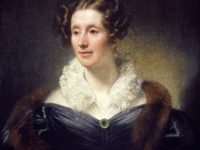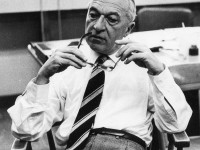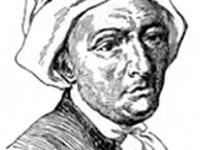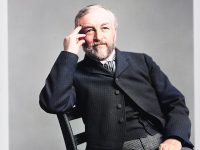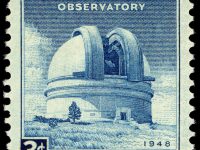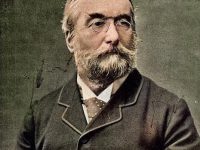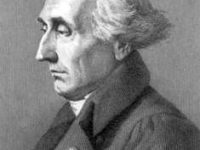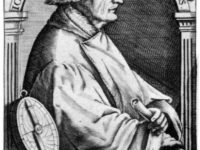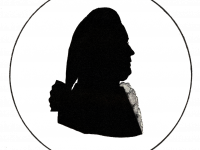The underused Talents of Mary Somerville, Mathematician and Astronomer
On December 26, 1780, Scottish science writer and polymath Mary Somerville was born. She studied mathematics and astronomy, and was nominated to be jointly the first female member of the Royal Astronomical Society at the same time as Caroline Herschel.[1] The word scientist was coined for her. Mary Somerville acquired her knowledge autodidactically and became well known as a science writer. “Astronomy affords the most extensive example of the connection of physical…
Read more

